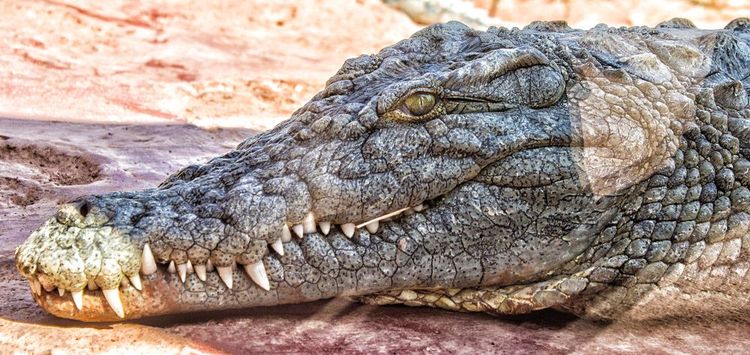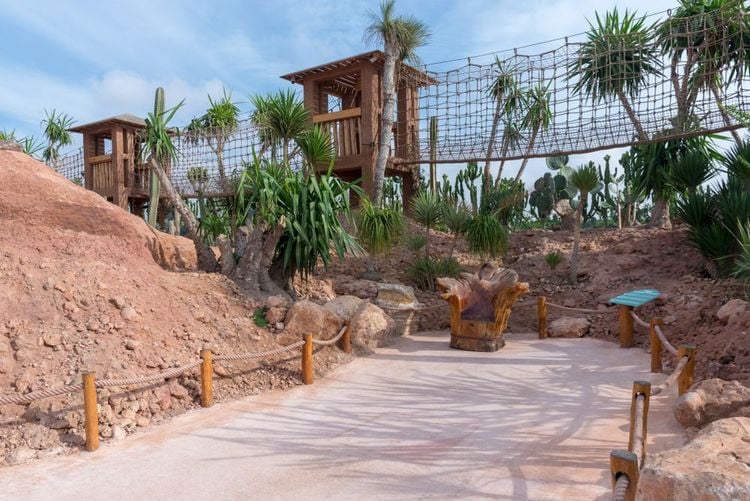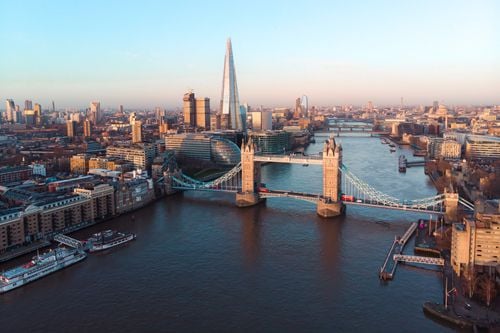The creation of this park was the brainchild of Luc Fougeirol, a member of an old family from Agadir who has been passionate about reptiles from an early age. He had already created parks like this one with "la ferme aux crocodiles" in Pierrelatte, "la planète des crocodiles" in Civaux and "la ferme des crocodiles" in Parc Djerba.
The aim of creating Crocoparc in Agadir is to protect the Nile crocodile species in order to monitor their evolution and enable visitors to discover their way of life. The nursery, located in one part of the park, gives scientists and students the opportunity to study crocodile reproduction.








